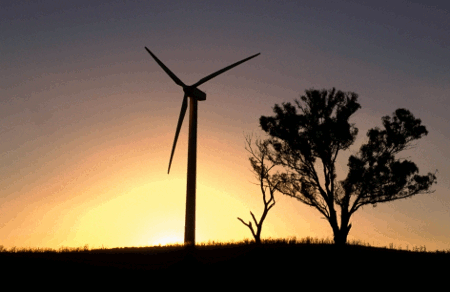
|
Published: 26 September 2011
Clay locks up more carbon, improves soil health
An Australian environmental research team has developed a low-cost novel solution for reducing carbon in the atmosphere while improving soil fertility, using natural materials.

|
|
Adding compost-containing clay materials to soil can help lock up carbon as well as increase fertility. Credit:
Lou Gold/Flickr/visionshare
|
According to Professor Nanthi Bolan from The University of South Australia, adding compost-containing clay materials to soil can help lock up carbon, while also increasing fertility.
‘Traditional ways to lower carbon emission while increasing soil fertility include spreading organic wastes, such as composts and manures, on agricultural land – but research has shown that these degrade quickly,’ he says. ‘This results in the release of carbon dioxide.’
Prof. Bolan says that another popular method in recent times involves converting organic wastes to biochar through pyrolysis, which turns carbon into a form that cannot easily escape back into the atmosphere.
‘However, biochar production, especially in large amounts, takes a lot of energy. Burning it can also release other greenhouse gases, such as carbon monoxide and methane, into the air. At the same time it will also destroy precious plant nutrients such as nitrogen.
‘Our challenge was to come up with a method that will allow us to tie carbon added through manures and composts to the soil while keeping their fertiliser value.
‘So we tried co-composting manures and composts with compounds such as iron oxide, aluminium oxide and allophane clay, and spreading this mixture on agricultural soils.
‘These compounds are easily obtained from nature, especially allophane clay, which can be found in locations that contain volcanic ash.’
The researchers found the compost enriched with clay not only locked up more carbon, it also contained more nutrients to fertilise the crops.
Prof. Bolan says that although the compost has a shorter life than biochar in soil, avoiding pyrolysis of manure and compost to produce biochar can save their fertiliser value and prevent the emission of other greenhouse gases.
‘The long-term carbon storage function of biochars contradicts their fertiliser value, which requires that certain biochar materials be biodegradable. Our method, by co-composting of the organic material with clay materials, has proven to effectively stabilise soil, and can add to the long-term soil carbon pool.
‘Adding these materials to compost means that farmers only need to buy these “value added” composts and spread it on their soil.
‘Our next step is to find practical ways to produce large quantities of this material, and identify the ideal quantities for binding carbon and retaining fertility.’
Source: CRC for Contamination Assessment and Remediation of the Environment



